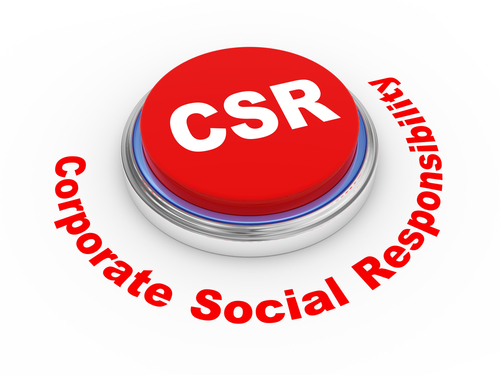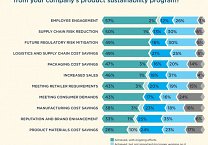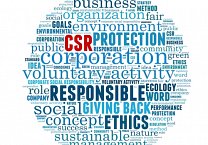Five Best Practices for a Corporate Sustainability Report (CSR)
by Tara Gallagher
12 March 2013
 For most sustainability managers, there comes a time when your program starts to take shape. There is a future direction; there are goals – even some achievements. You've moved beyond baby steps with light bulbs and recycled office paper. You're tackling the big stuff. You're proud of the program you and your team have created. It may not be perfect but your aim is true and you are making progress.
For most sustainability managers, there comes a time when your program starts to take shape. There is a future direction; there are goals – even some achievements. You've moved beyond baby steps with light bulbs and recycled office paper. You're tackling the big stuff. You're proud of the program you and your team have created. It may not be perfect but your aim is true and you are making progress.
You want to talk about it. Maybe even brag. A lot. You find yourself excitedly throwing around terms like LCAs, product scorecards, water efficiency, and worker safety – when you're walking the dog. You can't stop.
It's time to create a Corporate Sustainability Report (CSR).
There are multiple audiences out there who care about what you're doing. No, they'll never bring you your slippers or wag their tails when you come home, but they still want to understand your goals.
- The sales team wants to talk about product sustainability improvements with your retailers.
- Employees throughout the company want to understand the business' carbon footprint.
- Consumers need to know about your new product take-back programs.
- You are asking so much of your suppliers on sustainability; the report will help them understand where you are headed and what the company's priorities are.
- Investors are looking to invest in a company in your sector and a CSR report is a requirement.
Engaging these audiences and stating your sustainability goals publically can help institutionalize your program and create support for it. The best CSR Reports achieve this with these five features:
- Engage consumers through storytelling. Facts and figures are great but readers want to meet key players and follow the story behind their achievements. The North Face balanced stories and figures in an engaging manner in The North Face's 2010 Report and 2011 Update.
- Report progress against goals in a multi-year format. Multi-year charts are necessary as are any explanations of missed targets or unusual performance.
- Push the transparency envelope. If there hasn't been some level of struggle; maybe your goals are not ambitious enough. Explain your approach, what worked, what didn't, and what you will do differently. Former Seventh Generation CEO Jeffrey Hollender's 2007 CEO Letter set the gold standard for transparency.
- Follow the Global Reporting Initiative (GRI) standard. If you are a small business and meeting this standard is too burdensome, consider a “GRI-inspired" report as Rockline Industries did in their 2012 Environmental Sustainability Report (written in-house). Otherwise, it is important to follow this widely utilized, third-party standard to ensure that your report is comprehensive and to allow for comparability across companies.
- Ditch (or supplement) the paper report. You have to meet your stakeholders where they are and that means using interactive, web-based content, videos, social media, games, apps and any format that will allow you to convey your message. Seventh Generation's 2011 report, uses a fun, interactive infographic format.
Written by Tara Gallagher
Tara Gallagher, a Senior Advisor at Pure Strategies, specializes in developing and communicating sustainability strategies. An expert in CSR reporting, she wrote the award-winning 2007 and 2008 Seventh Generation Corporate Responsibility Reports as well as the company's 2009 - 2014 reports. Tara has also developed CSR reports and/or other CSR communications for The North Face, EMD Millipore, and numerous other companies. A recipient of the GRI-G4-certified training on the GRI sustainability reporting process, Tara has facilitated materiality assessments for several clients.












